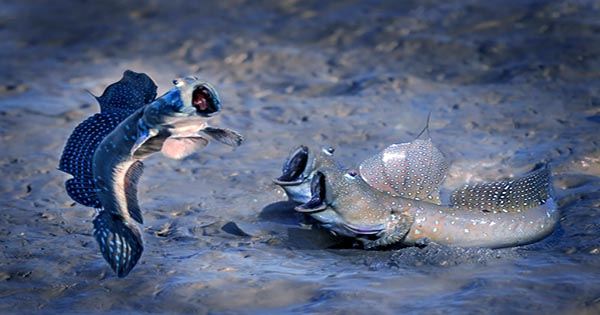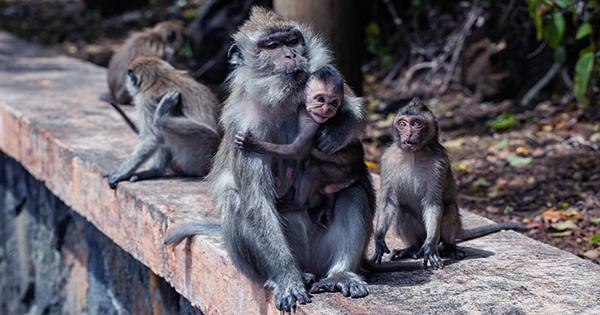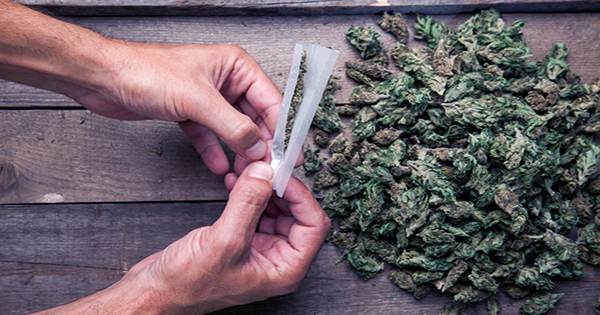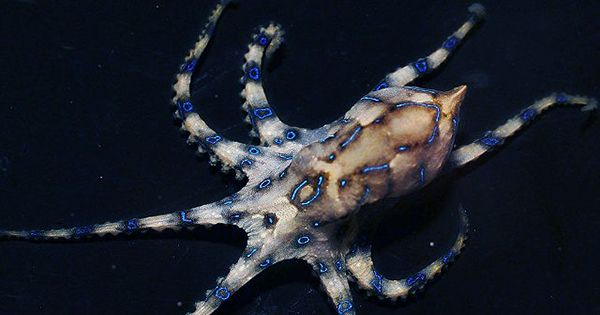The finalists for the Ocean Photography Awards 2021 have been released, and the results are incredible. It nearly appears as if some have captured alien life gleaming in iridescent light with more arms than is obviously necessary, capturing aquatic life from all around the world. The resulting portfolio of images is truly arresting, taking us on a journey to parts of the ocean some of us would rather avoid. Demonstrating the best that blackwater photography has to offer, as well as the otherworldly landscapes that sit beneath our seas, the resulting portfolio of images is truly arresting and takes us on a journey to parts of the ocean some of us would rather avoid.
The winners have yet to be unveiled, but between September 10 and 16, they will be revealed in a series of films on the Ocean Photography Awards Instagram account. Until then, take a deep breath and join us as we dive beneath the waves. It’s nothing like Sebastian described it to be honest…
The image above, which features the adorable bobtail squid, is the first in the exhibition of underwater alien life. The bobtail squid is known for its glowing iridescence, which is facilitated by Vibrio fischeri, a type of bacteria that is relatively rare in the ocean environment but somehow finds itself aggregating inside the body of a thumb-sized squid.
They are born without their characteristic glow, but the bacteria floods their light organs within a few hours, putting on quite a display, as shown in Matty Smith’s entry. The image of a fish imprisoned within what appears to be a plastic bag may lead you to believe the animal is in agony, yet jellyfish and salps are common defense mechanisms for fish. Photographers have even seen much fish using salps as a sort of deep ocean elevator on rare occasions. Finalist Galice Hoarau captured a similar image when she saw the above trevally lurking in the body of a box jellyfish.
The Pacific Man o’ War appears to be a fancy (and dangerous) jelly, but it’s actually a siphonophore, which is a colony of tiny, specialized polyps that operate together as a colony. It’s also known as the bluebottle, and it’s made up of four colonies, each of which serves a different purpose and is reliant on the others to thrive. One group floats while supporting the prey group, the digesting group, and the reproduction colony. Fortunately for Matty Smith, Pacific bluebottles are smaller and less venomous than their more famous siblings, the Portuguese Man of War.
While this acorn-worm-eating animal appears to be a crab, it is actually a lobster’s larval phase. Steven Kovacs caught it on tape and labeled the behavior as “greedy” in an Instagram post, given how many worms the small lobster decided to load. It’s easy to forget, among all the photos of obscure marine life, that the photographers had to go to these dark regions of the ocean themselves to obtain the shot. Martin Brown’s shot depicts how strange it must feel to plunge into the abyss in search of scientific knowledge and striking photography.
















